Natural movement is the concept that we are supposed to move as often as possible and as naturally as possible (as you would in nature). Many of the modern amenities we have today can interfere with our body’s natural movement and therefore the function of our bodies. I will not get very deep in the science of it in this article, as my purpose is primarily to explain how I incorporate natural movement into my life. To find out more about natural movement including the science behind it, check out Katy Bowman’s website and the blog attached to it. She is a biomechanist and one of the leading experts on this topic.
I got into natural movement after I had my second child. The pregnancy left me with a pretty bad diastasis recti (I could fit my fist in between the separation in my abdominal muscles). I did a program called The MuTu System to rehabilitate my core muscles and was introduced to the concept of natural movement via the program. Since then, I have gradually learned more about natural movement and how to incorporate it. It is pretty difficult to move naturally when you are very restricted in movement due to chronic illness, but there are little things we can do to maximize what we have.
Barefoot/minimalist shoes
I used to work at a running shoe store and we would make fun of how dumb minimalist shoes were after seeing how frequently people injured themselves with them. Now, I’m sipping the Kool-aid.
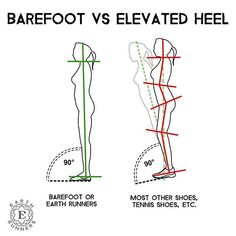
This picture shows it all. Our joints will adjust to compensate to heeled shoes (even athletic shoes have a significant heel-to-toe offset), creating muscular imbalances and contributing to chronic issues. Also, our feet are meant to move. Stiff soles act like a cast to our feet and make them weak and useless.
So what is a person to do? Enter barefoot shoes! There are tons of niche companies that offer shoes with a flat and flexible soles. Nowadays, they look fashionable as well. Most of my shoes are from either Vivobarefoot or Unshoes. They carry all kinds of shoes: boots, sandals, flats, athletic shoes, etc.
A note on running shoes: When I was running, I could wear true minimalist shoes on grassy terrain, but still needed the cushion of a traditional shoe on pavement. Skora Running and Altra were my go-to’s for running shoes. They are hybrid shoes in that they have flat soles and some models are moderately flexible, but they have more traditional cushioning.
Wearing barefoot shoes requires a transition. As I mentioned before, in the running store we would see injuries involving them due to people not properly transitioning. It took me about 1-2 years to fully transition to minimalist shoes. I recommend Katy Bowman’s book Whole Body Barefoot to learn how to properly transition to minimalist/barefoot shoes.
To learn more about the various options in minimalist/barefoot footwear, check out Anya’s Reviews.
Movement in general
I hear you. Depending on how severe your illness is, it’s almost a cruel joke to think about moving more. My suggestion is to just do what you can. Every little bit helps. If you can only sit up for a few minutes a day, know that your sitting up is beneficial. If you can only walk to the mailbox, that walk to the mailbox is beneficial. Catch my drift? As I discussed in a post about exercise, deconditioning exacerbates conditions like POTS. So, it is important to condition our bodies through movement as much as we are able.
In addition to that, a recent study may have implications that movement impacts our fight and flight response. As I have discussed in previous articles, part of the etiology of conditions like POTS and ME is an overactive nervous system that defaults to fight or flight (sympathetic nervous system activity) far too often. The study states that our bodies need a hormone secreted from our bones called osteocalcin to drive our fight and flight response. Katy Bowman said of this, “Now I have all sorts of questions about the role bone movement plays (naturally) in our stress response…” This is not a proven correlation, just an interesting potential implication to consider.
To learn more about about the role of movement in health, check out Katy’s book Move Your DNA. It explains how the health of our bodies even on a cellular level relies on movement- fascinating!
Low/full squat
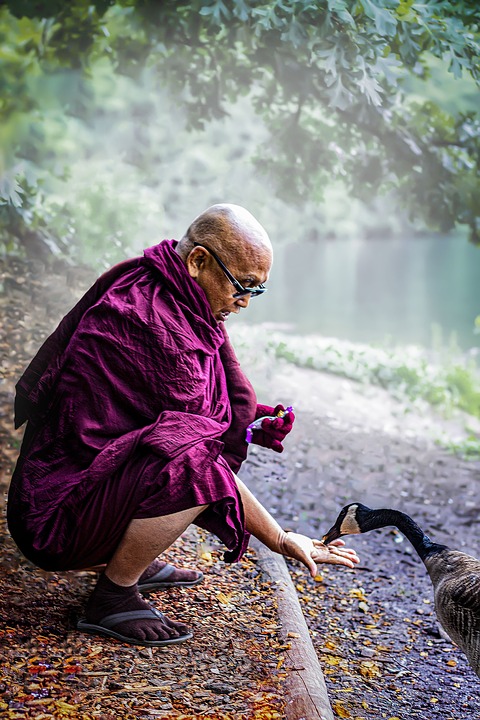
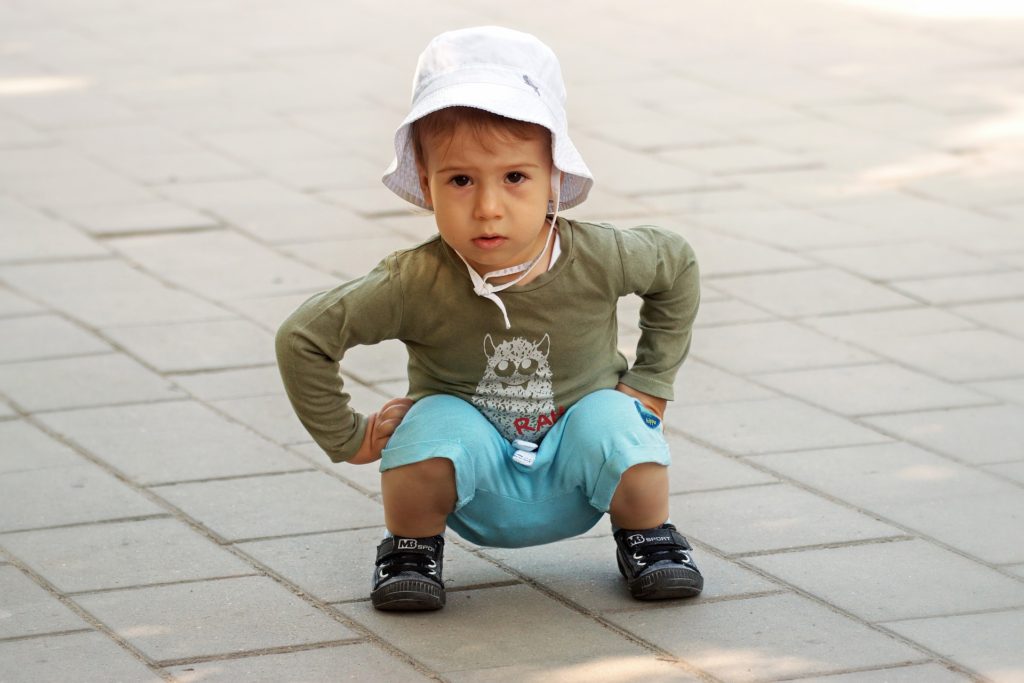
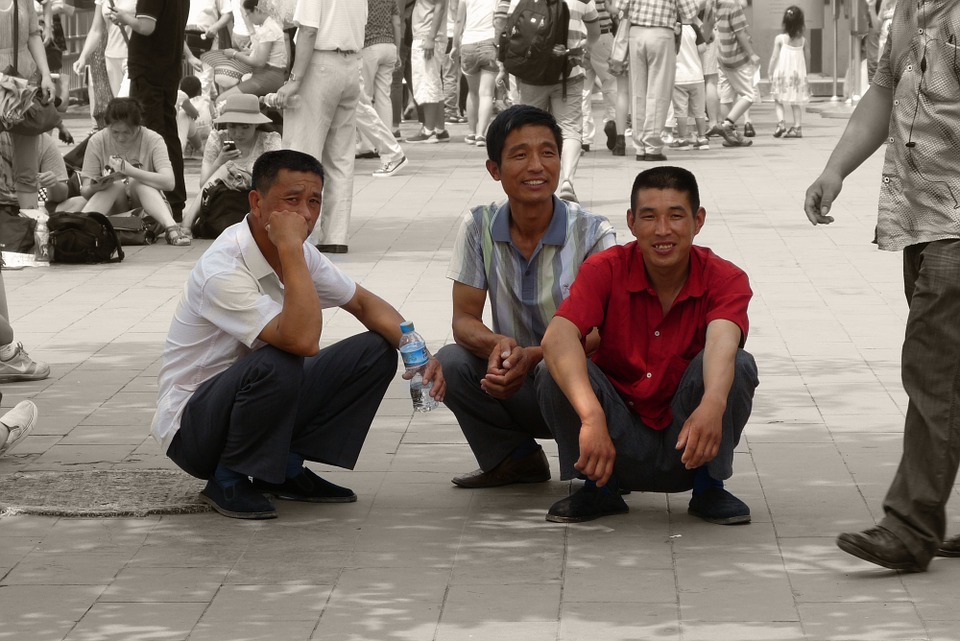
I love me a low squat. I sit like this quite often. For example: when I play board games with my kids, sometimes when I cook, when I need a break from standing, when I work on puzzles, etc. It may look odd, but that is just because of our societal norms. We are a furniture-heavy society here in America. People in less westernized countries and children sit like often because it is natural. It feels glorious on the lower back and if beneficial for the health of joints in your ankles, knees, and pelvis.
Avoiding restrictive clothing
Jeans are the devil. There, I said it. Even the stretchiest denim… they are still the devil. I cannot move normally in them. Moving can already be hard enough, so I don’t need clothing to add to the struggle. The most tolerable I have found are the Prana Kara jeans. Non-denim pants tend to be less restrictive, such as Prana’s Stretch Zion pants.
To get around the jeans issue I mostly wear stretchy skirts and dresses from places like Prana or Title Nine with leggings in the cold weather months. Summertime is easy- tanks with non-denim shorts or skorts like this one (it’s amazing).
Diastasis Recti
Katy Bowman’s book on Diastasis Recti is mind-blowingly good. She has a lot of interesting insights on what contributes to diastasis recti and how to heal it. I would definitely recommend checking it out if you deal with this issue.
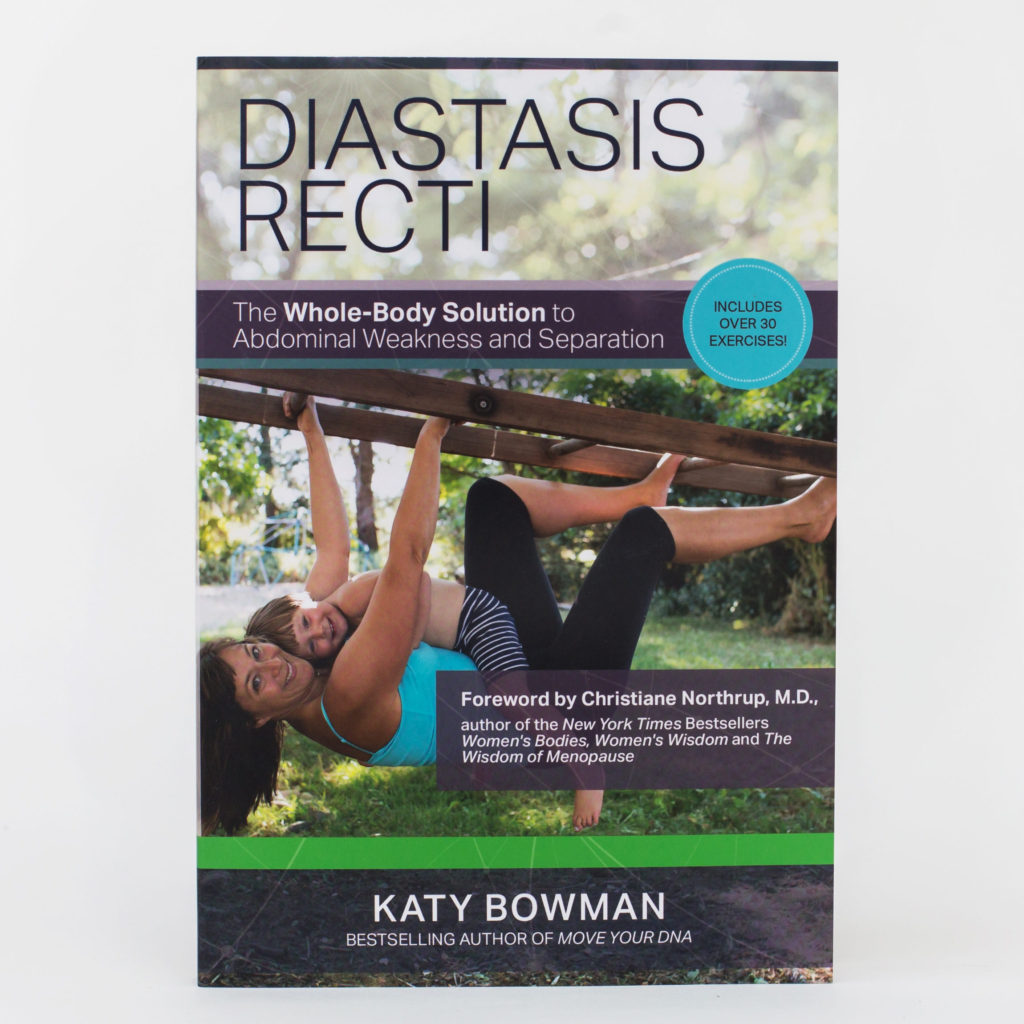
Psoas release
The psoas is a muscle deep in our abdomen that attaches to our lumbar vertebrae, pelvis, and femur. It primarily functions in flexing the hip. As a society, we sit… a lot… If you are chronically ill, you probably sit even more. When we sit, the psoas becomes adaptively shortened and tight. It can cause lower back pain, abdominal pain, lumbar disc problems, spasms, etc. Have you ever gotten out of a car and had to slowly straighten up? That’s a tight psoas.
Stretching the psoas is good, such as a deep lunge. Many find that releasing the muscle with gravity works even better. I do both. This article by Katy Bowman demonstrates how to do a psoas release with a bolster. If you need more guidance, check out this YouTube video. For a different method of psoas release, checkout this YouTube video.
Hanging for shoulder mobility
Do you want to know why you cannot do monkey bars as an adult? Other than the fact that it rips the flesh off your hands, it is most likely due to shoulder mobility. Hanging is a great way to improve your shoulder mobility. I have a pull-up bar in our house that I randomly hang on throughout the day. It’s also a fun toy for the kiddos to play on. We have The Perfect Pullup, so it drops down to a height the boys can reach. They love to hang around and do pullups.

Sleeping
According to Katy Bowman, a pillow is like an orthotic for our head and neck. It makes our necks less mobile. Mattresses act in a similar fashion to our whole body. This article discusses how various sleeping positions on natural surfaces are beneficial for certain joints/tissues. It also talks about how indigenous people sleep to protect their… manhood, which promptly brought out my inner Beavis and Butthead. As unencumbered natural movement during the day is beneficial for our bodies, free and natural movement at night is as well. Sleeping on the floor with minimal to moderate padding allows for more natural movement and positioning while sleeping.
I have been gradually taking the stuffing out of my pillow, so it is now very flat. These transitions are supposed to take months or years. Our mattress is getting to be in rough shape, so I am trying to convince my husband that we should replace it with a modestly cushioned mat and sleep on the floor. Understandably, he thinks I’m nuts. Wish me luck.
Is anyone else sipping the natural movement kool-aid? How do you incorporate it?
Disclaimer: I am not a medical professional. Statements on this site are not meant to be taken as medical advice. These statements reflect my personal experiences having mild-ish post-viral POTS and ME. Due to the wide spectrum of these diseases, comorbidities, and everyone being different, your experiences may be very different than mine.
Note: If you post a comment, this site does NOT have a feature to notify you of responses to your comment. I have not found a good solution for that yet. However, I usually respond to every comment in a timely manner, so be sure to check back.
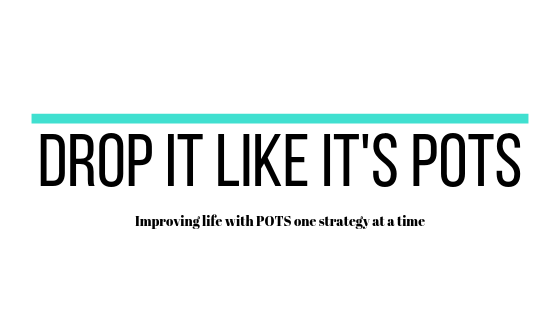
3 Comments
How’d you get a video of me after getting out of my car??? Great information! I sleep on a rock hard mattress. Very often I find I wake up & I’m not even using a pillow, so maybe my body’s trying to tell me something. Thanks for the exercises!
This is all very interesting and I’ll be looking further into a lot of it. But you’ll never get me sleeping on the floor at my age, although I do like a firmer mattress. And thanks for the Psoas muscle stretches! I am like a bent over old man after a long car ride! 😆